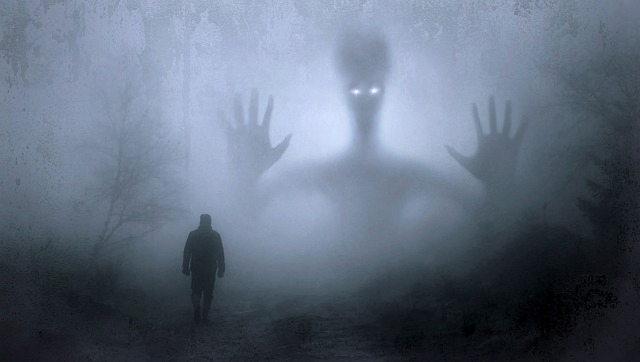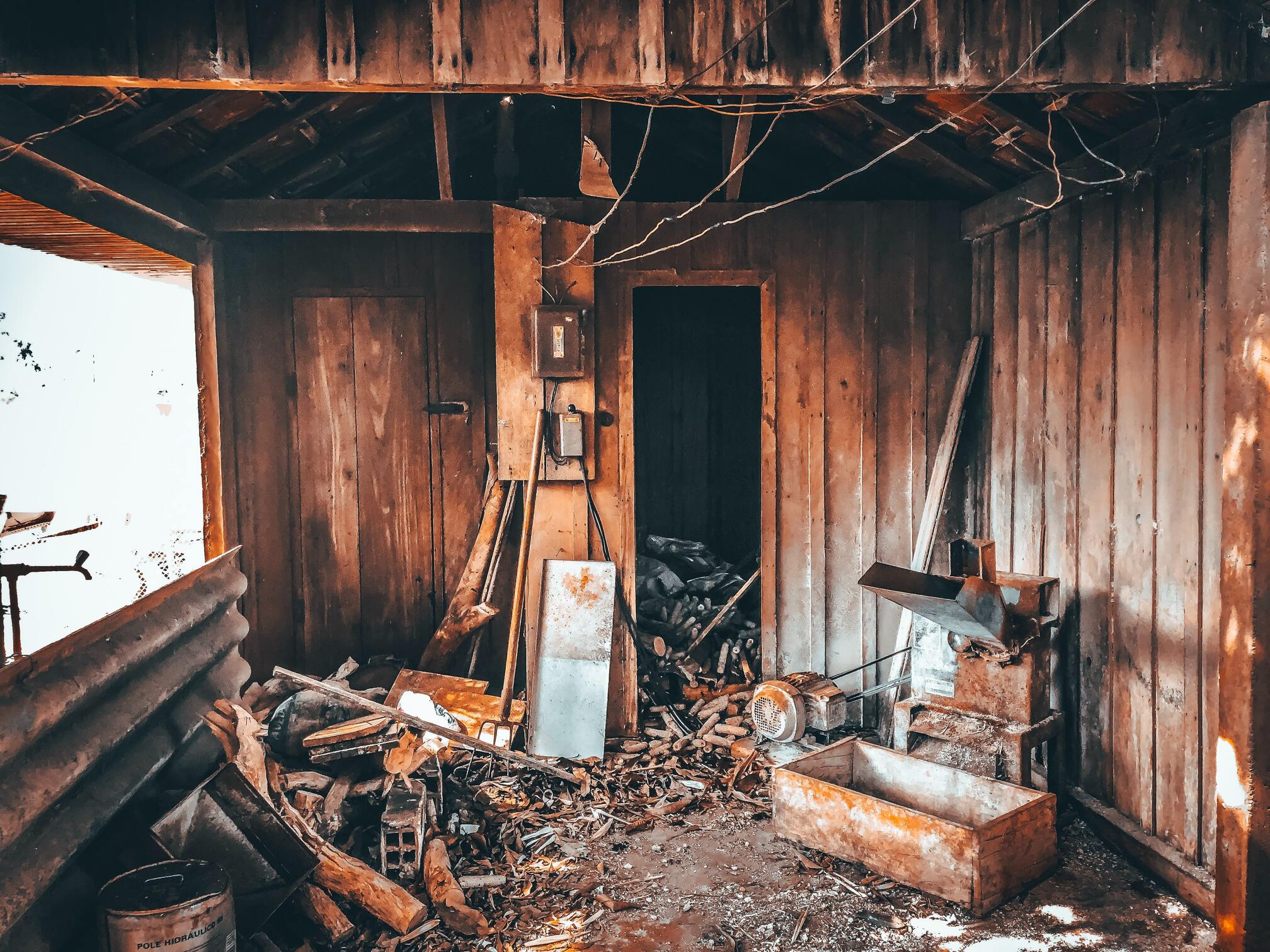How to Write a Chilling Opener for Your Horror Story
Briana Morgan
Horror author.
Writing horror can be tricky. Unlike film, horror on the page can’t rely on visuals to do the heavy lifting of scaring your readers. Instead, you need to set the scene by building atmosphere, suspense, and pacing—all while juggling the other essential parts of writing a story.
No pressure, right?
After reading this article, you should feel more prepared to tackle your horror story’s opening.

Create an eerie atmosphere
One of the most effective ways to draw readers into a horror story is to establish an eerie atmosphere. Use descriptive language to set the scene, and describe the setting in a way that makes readers feel uneasy. For example, you might describe the shadows in a dimly lit alley or the creaking floorboards of an old house.
You can even take it a step further by crafting a provocative first line and starting your story with a bang, as we’ll discuss in the next section.
Let's look to a queen of eerie, Daphne du Maurier, for an example of setting a creepy atmosphere. Rebecca is the story of a woman completely losing her sense of self in an unknown, foreboding new place. She spends most of the book confused and increasingly terrified, thinking everyone is out to get her (and some of them are...), so it makes perfect sense for the setting itself to be described through her lens of terror.
"The road to Manderley lay ahead. There was no moon. The sky above our heads was inky black. But the sky on the horizon was not dark at all. It was shot with crimson, like a splash of blood. And the ashes blew towards us with the salt wind from the sea."
If you've read Rebecca, you can see the foreshadowing in that excerpt, which makes the second read a bit spookier.
Here is the description of Public Enemy #1, Mrs. Danvers the housekeeper.
"Mrs. Danvers came and stood beside me, looking at me in the queer, penetrating way she had, her eyes almost grey, not blue, very bright and commanding, and curiously void of expression. She was a tall woman, and her face was small, refined in bone structure, but it was as sharp as a blade, as hard as enamel, as though she had been carved in ivory by a meticulous craftsman and polished with the finest abrasives until she shone with a light of her own."
This description illuminates Mrs. Danvers for the awful ghoul she is, setting up for her terrifying behavior later in the book.
Learn more about writing strong atmosphere:
Start with a bang
A horror story should grab the reader's attention right away. Consider starting with a shocking or terrifying event, such as a murder or supernatural occurrence. This will immediately set the stakes high and make readers feel invested in the story.
Be sure you don't explain everything right away—for example, you wouldn't have a character stumble onto a murder scene and immediately know who did it, why they did it, and how they did it (unless it's stylistic, satire, or some other outlier reason). But opening on a mysterious dead body is a shocking discovery that opens a whole string of questions, which is a great launching point for a story.
Use sensory details
Engage all of your reader's senses to make your story come alive. Use vivid descriptions of smells, sounds, and textures to make the horror feel more immediate and visceral. Instead of only describing what they see and hear, describe the smells, tastes, and feeling.
If a character steps into an abandoned, decaying house, they would certainly see vines and weeds breaking through floorboards, perhaps hear the walls creaking in the wind. But what are they smelling? The sopping decay of old drywall, maybe the rotting corpse of an unlucky cat in another room. The air could even taste dead. What do they feel? Is it humid? Is it cold?

Engaging more senses than sight and sound can create a much more immersive reading experience, which heightens the thrill of the story.
Introduce a mystery
A good horror story often hinges on a mystery or an unknown element. Introduce an enigma early on in your story to pique readers' curiosity and keep them engaged. This could be a character with a hidden past, an unexplained supernatural occurrence, or a mysterious object that holds dark secrets.
A story progresses through questions. Questions posed, questions answered, more questions posed. If you watch for it when you read novels, you'll see that cyclical nature. Readers stick with a story to have their questions answered, so if you don't give them anything to wonder about (or you never answer the questions), the story won't be very engaging.
Play with expectations
Lastly, consider subverting your readers' expectations to create a sense of unease. For example, you might start with a scene that seems mundane or ordinary, only to reveal a terrifying twist later on. This will keep readers on their toes and make the horror feel more unpredictable.
Remember, the opening of your horror story is your chance to grab readers' attention and draw them into your tale of terror. By crafting a chilling atmosphere, starting with a bang, using sensory details, incorporating mystery, and playing with expectations, you'll be well on your way to writing a spine-tingling opener that will keep readers up at night.
Like what you're reading?
Join other authors like you in NovelPad’s free writing community!
Join the communitySimilar Posts
What File Formats are Accepted by Kindle Direct Publishing?
File types for ebooks, paperbacks, and hardbacks on Amazon's KDP.
Ollie Ander
Is probably just a couple cats in a trench-coat—the hair shedding and sunlight napping are highly suspect.
How To Write Strong Atmosphere In Stories
7 best tips for creating strong atmosphere in your writing.
Hannah Lee Kidder
NovelPad Author
How long is a Science Fiction Book?
How many words, chapters, and pages should be in your sci-fi novel?
Ollie Ander
Is probably just a couple cats in a trench-coat—the hair shedding and sunlight napping are highly suspect.
When is the best time to publish a romance novel?
What is the best month and day of the week to publish a romance? Do romance novelists make money?
Rina Fontes Malka
A writer with too many ideas and not enough time.
The Writer’s Resolution Guide 2024
Goal ideas and strategies for your new writing year.
Sage Kay
Writer, reader, outfit repeater.
Camp NaNo Perks 2023
What are the benefits of participating in Camp NaNoWriMo?
S.R. Beaston
Crafty with words, wit, and wisdom, just add caffeine to make it more interesting.